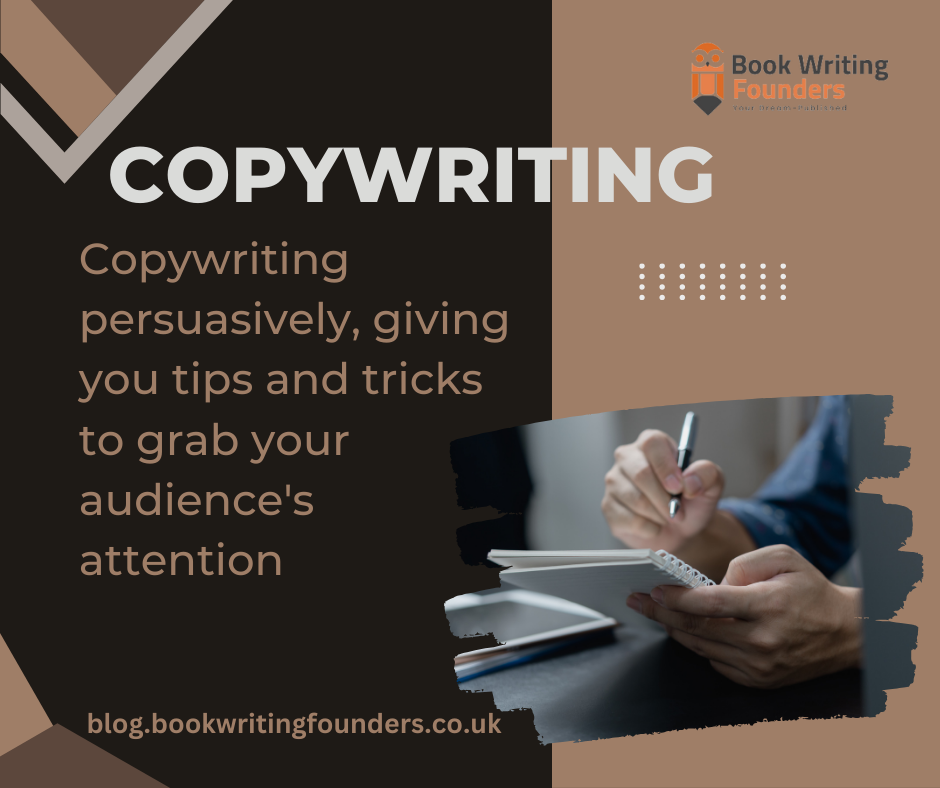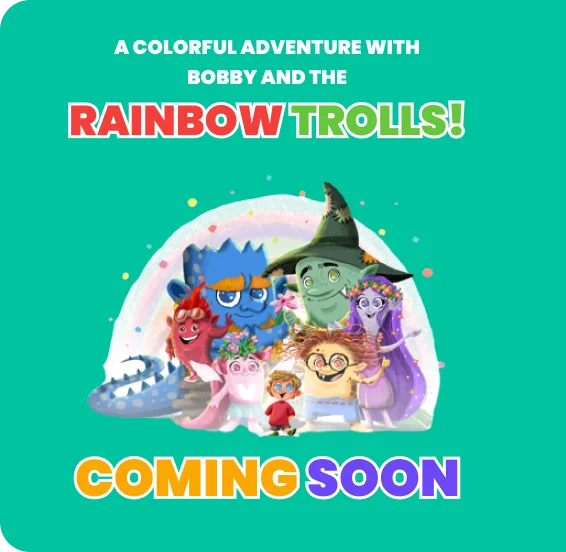
Marketing
In the big world of online marketing, convincing people is the key to making successful ads. Since many businesses are trying to get noticed on the internet, writing words that make people take action is super important. This article talks about how to do copywriting persuasively, giving you tips and tricks to grab your audience’s attention and make them do what you want them to do.
Understanding Your Audience
When it comes to making people interested in what you have to say, the first step is getting to know them. Imagine talking to a friend—you’d tailor your conversation based on what you know about them, right? It’s the same with `. To truly convince people, you’ve got to understand who they are.
Getting to Know Your Target Audience
Start by figuring out who you want to talk to. What age, where do they live, and what do they like? Think of it like creating a character in success stories. This character is your ideal customer. The more you know about them, the better you can talk to them.
Creating a buyer persona is like making a character profile. You go beyond just knowing their basic info. You dig into what they care about, their problems, and what they dream about. This helps you see your audience as real people, not just numbers on a screen.
Talking Their Language
Once you know who you’re talking to, it’s time to shape your message for them. Generic messages that try to fit everyone usually don’t work well. Instead, you want your words to feel like they’re just for your audience. It’s like having a personal conversation with each of them.
Imagine you’re selling a time-saving app. If you know your audience struggles with managing their time, you will follow a writing guide about how your app can make their daily tasks easier. Your words solve their specific problems, making your message more relatable.
Meeting Their Needs and Understanding Their Feelings
Effective copywriting isn’t just about the features of your product; it’s about how it meets your audience’s needs and understands their feelings. Your audience comprises people with their wants, needs, and challenges. Craft your message to show how your product can help them—the solution to their problems, the answer to their desires.
For example, if your audience is busy professionals, you’d emphasize how your app makes their day less hectic. You’re not just selling an app; you’re offering a way to bring order to their busy lives. Connecting with their needs, desires, and struggles makes your copy more powerful and convincing.
Crafting Compelling Headlines
When you write something, like an article or a post, people first see the headline – the title of what you’ve written. A reader decides if they want to read what you wrote based on that headline in just a moment.
Making a good headline is like creating a work of art. It involves using strong, interesting words and a good sense of what will catch people’s attention. So, you want to learn some tips and tricks to make your headlines so interesting that people can’t resist clicking to read more. It’s like making your title so appealing that it grabs people’s curiosity and makes them want to know what’s inside. There are many writing tools You can get help from to create catchy headings.
Tapping into Emotions
People make decisions based on how they feel. In marketing, understanding and using these feelings can make a big difference. Explore the science of why certain emotions make us react, and learn how to naturally include those emotions in your writing routine to make a stronger impact. It’s like figuring out how to connect with people’s feelings in your messages to make them more powerful and meaningful.
Highlighting Benefits, Not Features
When you’re talking about what you’re selling, people care more about how it benefits them than just its features. Instead of just listing what your product or service can do (the features), it’s smarter to talk about how those things improve the customer’s life (the benefits).
Changing how you talk about what you offer is like the core belief of Book Writing Founders UK. Instead of saying, “We’re good at writing books and do it efficiently,” you say, “Create powerful stories with our book writing skills – your tale will connect with readers and make a lasting impression.” The key is to talk in a way that connects with people, showing how your services can improve their writing goals and turn their creative ideas into reality.
Creating a Sense of Urgency
When you want people to act quickly, you can create a feeling of urgency in your copywriting. This means making them feel like they need to do something right away. It’s about understanding why this works and learning how to talk about time in a way that encourages action without being too pushy. Therefore, instead of forcefully saying, “Buy now!” you use words that naturally make people feel like they shouldn’t wait, like “Limited time offer, act now!” It’s about nudging people to take action without being too aggressive.
Leveraging Social Proof
In a world with many choices, people want to be sure they’re making a good decision. One way to do that is by using “social proof.” This means showing that others have had positive experiences with your offer.
Thus, instead of saying your product or service is great, you show what others have said about it through testimonials or reviews. It’s like saying, “Hey, look at all these happy customers! You can trust us because others have had a good experience.” It helps build trust and makes your stuff seem more reliable.
Establishing Credibility
When you’re trying to convince someone, they must trust you. To do that, you must show credibility, meaning people can rely on your words. There are different ways to do this.
One way is by showing your credentials. This means proving that you’re knowledgeable or experienced in what you’re talking about. It’s like saying, “I know what I’m doing, and here’s why.”
Another way is by using authoritative language. This means speaking confidently and showing that you’re an expert. It’s like talking in a way that makes people think, “This person knows their stuff!”
Using Persuasive Language Techniques
Telling a good story is powerful when you’re trying to sell something. There’s this method called the AIDA model – it stands for Attention, Interest, Desire, and Action. It’s like a roadmap for how to guide people from just noticing your product to actually buying it.
First, you grab their “Attention” with something interesting. Then, you build their “Interest” by telling them more about what you’re offering. Next, you create a “Desire” by showing them why they want it. Finally, you get them to take “Action” – to buy your product or do whatever you want them to do.
Optimizing for SEO
Writing something to convince people (persuasive copy) is like speaking to their hearts. But for your message to reach the right people, you must use SEO (Search Engine Optimization).
SEO is like a map that helps your message get noticed by search engines, so when someone searches for something related to what you wrote, they find it. To make this work, you strategically place important words (keywords) in your copywriting that people might use when searching online.
While persuasive copy captures people’s emotions, SEO lets your message get in front of the right audience by playing the search engine game smartly. It’s like combining the power of emotion with the technical side of getting noticed online.
Mobile Optimization
Since most people use their phones to go online, ensuring your copywriting works well on mobile devices is super important. This is called “mobile optimization.”
So, when creating persuasive and inclusive writing, you must consider how it looks and feels on smaller screens, like phones and tablets. This way, your message stays strong and convincing no matter what device people use to read it. It’s about ensuring your words are just as effective on a phone as on a computer.
A/B Testing Your Copy
In the fast-changing world of marketing, not every approach works for everyone. That’s where A/B testing comes in. A/B testing is like an experiment where you try different versions of your copywriting to see which one works best.
Accordingly, instead of sticking with just one way of saying things, you create two (A and B) slightly different versions of your copy. Then, you show these versions to different groups to see which one responds better. It’s like figuring out what resonates more with your audience.
By testing, you can uncover valuable insights and figure out how to make your copywriting even more convincing. It’s like fine-tuning your message based on what people respond to best, which can significantly boost how many people take action (conversion rates). It’s a way to adapt and improve your approach in the ever-changing marketing world.
Conclusion
In the ever-evolving landscape of digital marketing, the art of persuasion remains a powerful force. By understanding your audience, crafting compelling headlines, tapping into emotions, and leveraging various techniques, you can create copy that captures attention and converts leads into loyal customers. Embrace the ongoing journey of improvement, adapt to changes, and measure your results to ensure your persuasive copywriting skills are always on point.





